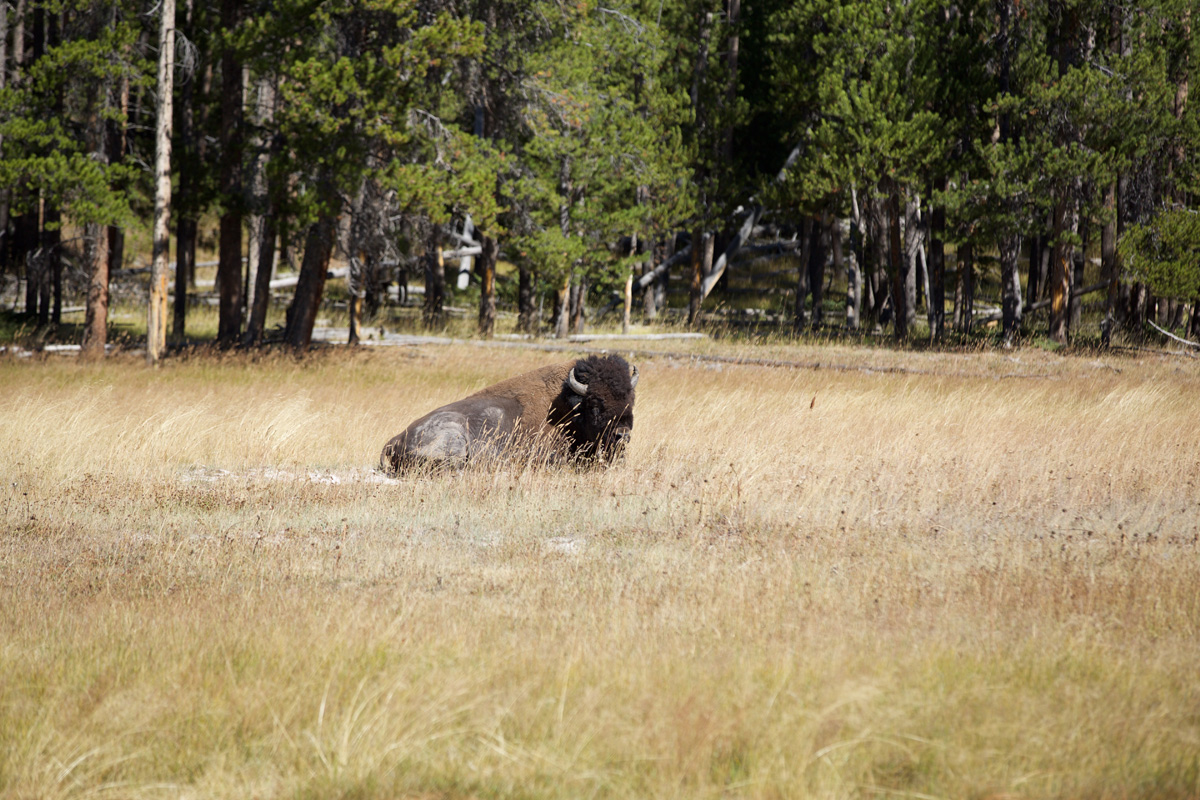Travel
Geysers and Grizzlies: Yellowstone Park Planning Tips
Yellowstone National Park is the world’s oldest and still one of its most all-out amazing. Situated on the crown and shoulders of a gigantic “supervolcano,” the historic park showcases the planet’s grandest concentration of geothermal features as well as a truly extraordinary diversity of large animals. And no matter what season you visit, Yellowstone will absolutely amaze you.
A little planning goes a long way in Yellowstone, which is a sprawling park covering nearly 3.5 million square miles (most of it far from roads). Here’s a basic primer on the park’s big attractions and the logistics of seeing them.
Wildlife Watching
Yellowstone boasts some of the largest, most diverse, and most visible large-mammal populations in the Northern Hemisphere. The first question out of many tourists’ mouths as they roll into the entrance station is: “Where are the bears? Where are the wolves?”
The most important thing to remember–for a number of reasons–is that Yellowstone isn’t Disneyworld. Its animals are free-roaming, unpredictable, and sometimes frustratingly elusive. They can also be dangerous if not given the respect they deserve.
The best approach to see “charismatic megafauna” such as grizzly bears, black bears, gray wolves, and bison is to check in at a visitor center to inquire about recent wildlife sightings and to watch for the famous Yellowstone “bear jams”: masses of pulled-over cars suggesting an animal visible from the roadside. Early mornings and evenings are the most auspicious times of day for spotting carnivores. Although wildlife concentrations and distribution vary seasonally, reliable spots in the peak summertime season include the road between Mammoth and Gardiner (for bighorn sheep) and the Hayden and Lamar valleys for bison, elk, bears, wolves and coyotes.
If you’re joining a wildlife jam, be sure to pull safely off the road into a designated shoulder or parking area, and comply with any directions you might receive from rangers (who often monitor these events to make sure animals aren’t being harassed and people are staying at a safe distance).
Speaking of safe distances, the park requires that visitors remain at least 100 yards away from grizzlies, black bears, and wolves and 25 yards or more from all other wildlife. Those sluggish-looking bison and elk are enormously powerful, often cranky, and can cover ground much more quickly than you.
Other Attractions
Yellowstone’s geological wonders are as celebrated as its critters. Old Faithful is only the most famous of more than 300 geysters–half the world’s quota. And there are thousands of hot springs, mudpots, and other hydrothermal features, too. While these otherworldly landforms are scattered across much of the park, they’re spectacularly clustered in certain zones, such as the Norris, Lower, Midway, and Upper geyser basins as well as Mammoth Hot Springs.
The scenery doesn’t stop with sulfurous pools, either. The Grand Canyon of the Yellowstone is a glorious multicolored chasm in the heart of the park; it includes some of the planet’s most beautiful cataracts in the form of Upper and Lower Falls. While much of the park is a rolling plateau, almost anywhere you can see high, fierce peaks–the Absarokas, the Gallatins, and, just to the south, the Tetons.
Planning Your Visit
Weather is an important consideration in Yellowstone: Its high elevation endures some of the country’s most intense winters, and snow can fall any month of the year. In summer, be prepared for afternoon thunderstorms, which may include dangerous hail and lightning.
First-time visitors may be surprised by the breadth of Yellowstone: Getting from one end of the park to another can take the better part of a day, depending on traffic, wildlife jams, and road construction (almost guaranteed during the summer in one spot or another).
There are various service hubs within the park that are open during the summer, such as Canyon Village and Old Faithful. Meantime, small towns near the various park entrances offer both accommodations, supplies, and entertainment. To the south of the park, Jackson offers particularly promising lodging because it’s also so close to Grand Teton National Park: Yellowstone and the Tetons make an absolutely sublime one-two punch. From one of the luxury hotels in Jackson Hole WY, you can head up to Yellowstone for the day and see a lot of mesmerizing scenery en route.
You have to see Yellowstone to believe it. And it’s such a vast, varied park that it easily accommodates a whole lifetime’s worth of exploration!




















Recent Comments